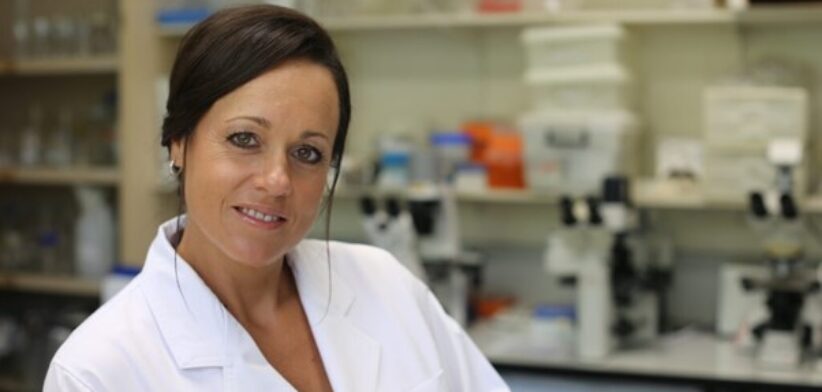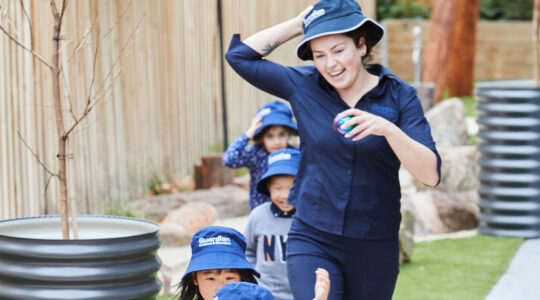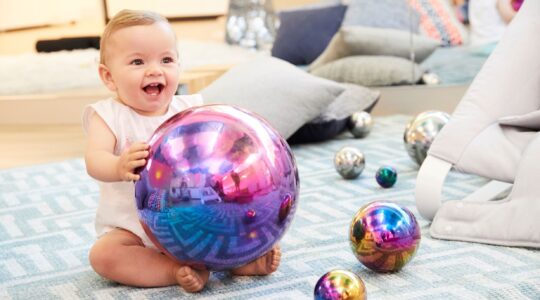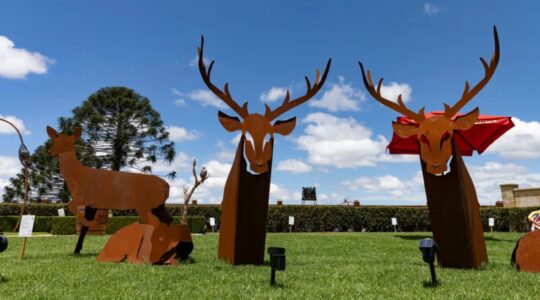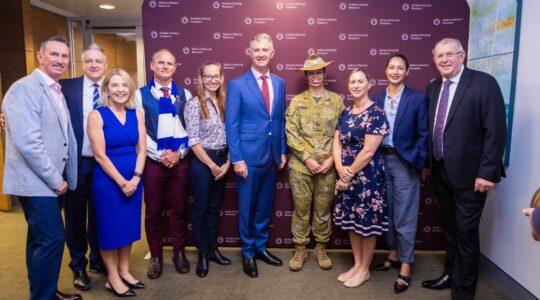A new LED tool designed in Brisbane to speed up recovery after dental surgery may also reduce the need for the pre-procedure needle.
Developed by researchers at Griffith University, the cutting-edge technology aims to accelerate healing after procedures by promoting cellular health through light therapy.
PhD candidate Simone Sleep said the device, similar in size to an electric toothbrush, enhanced mitochondrial respiration and stimulated gene expression in bone-forming stem cells.
Ms Sleep said the tech, called Nuralyte, used patented multi-wavelength LEDs to photobiomodulate (PBM) the cell’s mitochondria, while also activating genes which may promote bone and collagen formation.
“This dose and wavelength specific stimulation is critical for modulating stem cells and could be applied in bone regeneration and tissue repair with implications far beyond dentistry,” she said.
“For dental patients, this could mean accelerating bone healing around implants, periodontal sites, and post-surgical wounds.
“Nuralyte has the potential to be a multi-use device with previous trials testing its efficacy in reducing or replacing dental injections by inducing pre-emptive analgesia.”
Research lead Roy George said PBM technologies could have powerful implications not just for dentistry but for medicine more broadly.
“This technology has the potential to redefine how we manage patients with pain and accelerate healing and unlock new possibilities in tissue regeneration across everyday healthcare,” Professor George said.
“Non-invasive LED light opens up a future where healing may be enhanced with far less pharmaceuticals, injections, or complex interventions.”
Read the full study: Effects of Multiple Near-Infrared LEDs (700, 850, and 980 nm) CW-PBM on Mitochondrial Respiration and Gene Expression in MG63 Osteoblasts.
